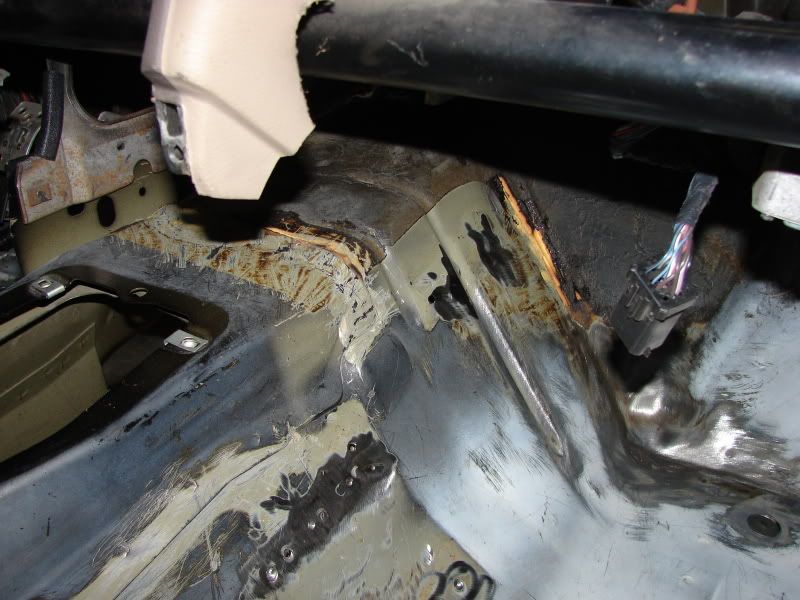Ron Earp
Administrator
I'm glad you decided to take the plunge. did you chose the spool for lightness or handling? I'd figure a little bit of slip would be desirable.
Caymen wanted the spool because this particular one is extremely rare for a 7.5" and it was available for a good price. Always good to have options as unused parts can be moved on. It would definitely bring the lightness, probably 20 lbs lighter than a clutch pack / carrier setup, maybe 25 lbs lighter than torsen / carrier.
Are those <gasp> off the shelf performance parts?? I've heard rumor of such things but have never actually seen any!!

Everything is a phone call away, except for that spool. Z's are pretty good for parts supply but nothing like this. A large range of parts exists for the SN95 platform; from low quality to high quality pieces. The low quality stuff is very cheap and the high quality stuff is affordable. Even "specialty" items like spherical bearings are available as kits, all you gotta do it call. That's what volume does for you in the aftermarket.
Service parts are also inexpensive but from reading the Mustang boards it appears you should sometimes spend the "big money" for the good stuff. For example, instead of the front sealed bearing cartridge for $39.50 you should get the Ford piece for $89. Twice as much money but it'll last for a year of racing instead of a few weeks, or so I'm told.
It really might be that you can have "Good, Inexpensive, High Performance" - pick three instead of the usual two. At least, it seems inexpensive when you've been exposed to race car prices involving Jensen Healeys, TR8s, Zs, Porsche, etc.
Last edited:














